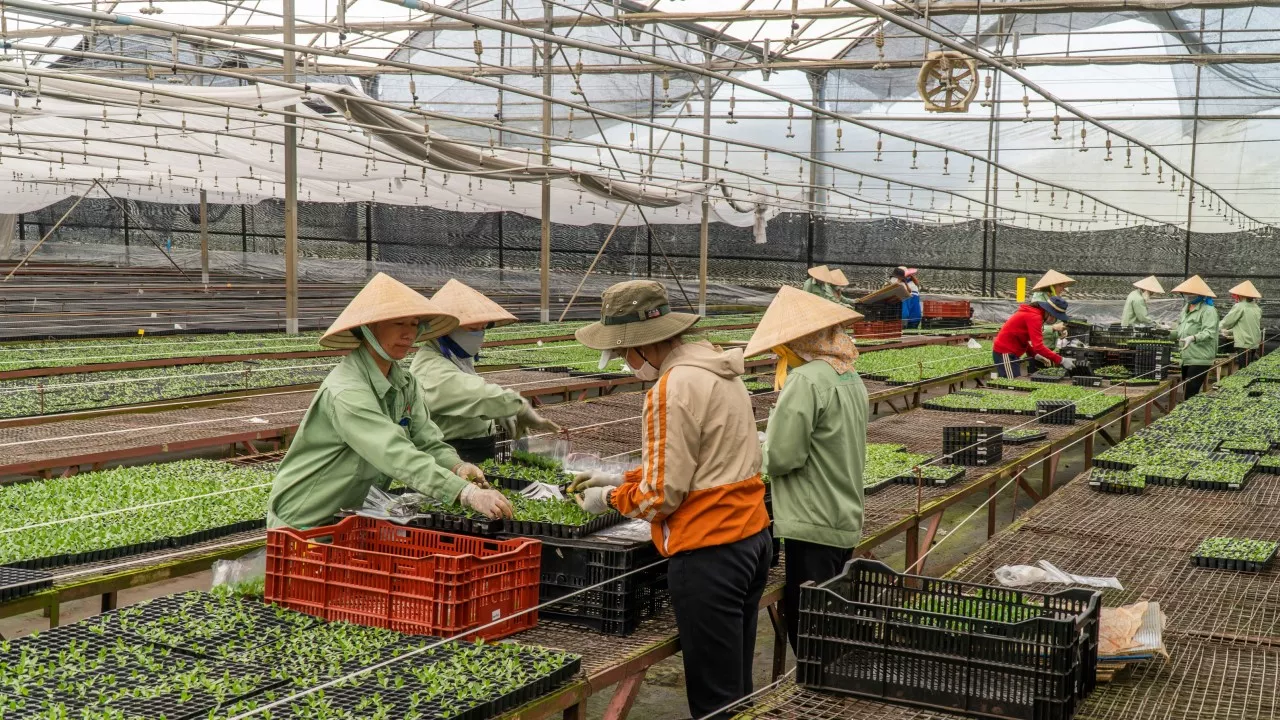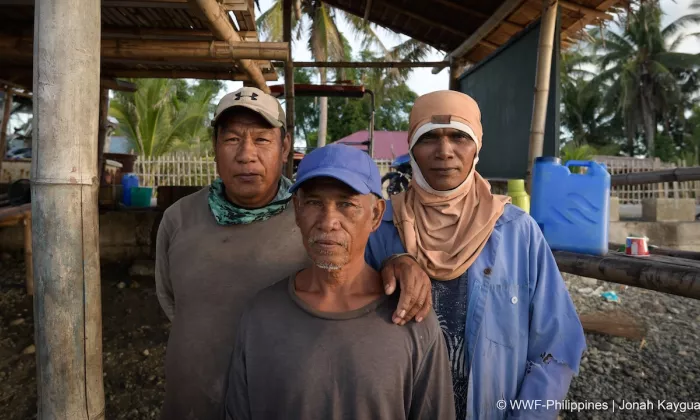Features and Insights
Explore insights on solutions, case studies, best practices, and innovations addressing development challenges facing countries across Southeast Asia.


Resolving the problem entails aligning environmental goals with economic and financial systems capable of delivering large-scale impact.

EU-funded project helps women thrive as equal participants in the coffee sector and beyond.

Women play an important role in driving inclusive low-carbon development.

Sustaining growth and innovation in the digital economy requires a well-balanced regulatory ecosystem.

Realizing the need to move beyond mere survival, fishers now making it a priority to ensure the sustainability of marine ecosystems.

Using economic instruments to influence producer and consumer behavior through the forces of supply and demand seen to address plastic pollution.